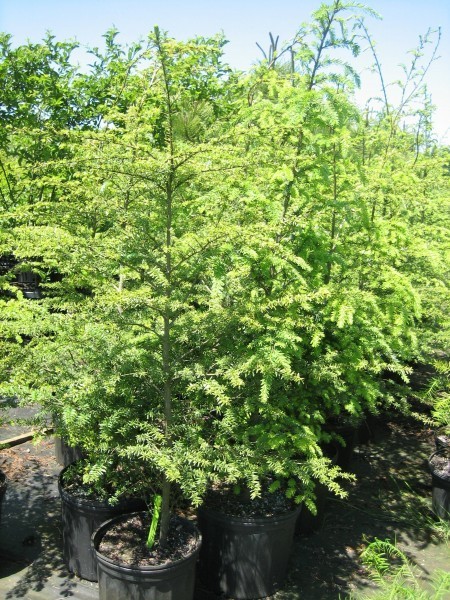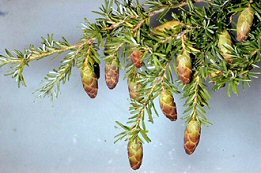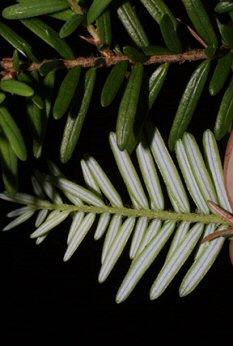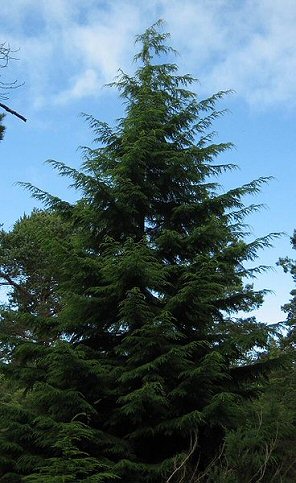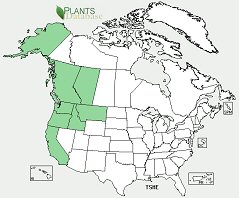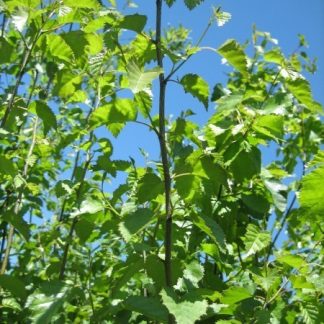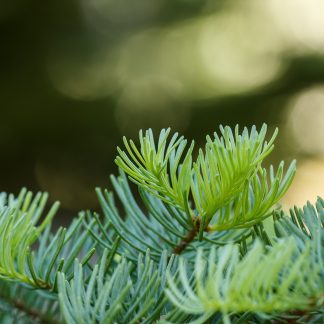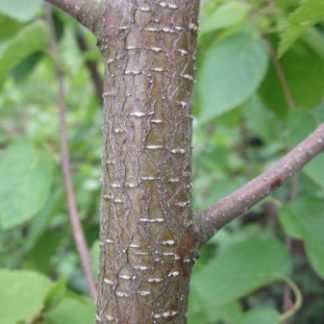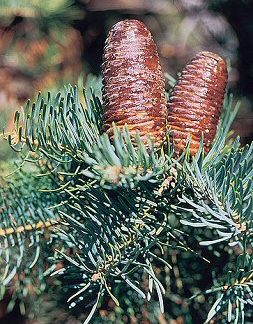Tsuga heterophylla
western hemlock
Habit: graceful evergreen with a narrow, pyramidal crown and drooping leader. The branches are delicate, semi-pendulous swooping downwards. The needles are flat and blunt-tipped with unequal lengths and irregular spacing. Western hemlock has rough reddish brown bark becoming furrowed with age. The numerous small cones are purplish-green turning brown when ripe. Due to the shade of the canopy initial growth is slow.
Ecology: common along the coastal regions of the Pacific Northwest, on flat areas or the lower slopes of mountains, to 5000 ft (1524 m). It is abundant in the understory, where it is very slow growing, of many old growth forests growing on decaying wood and humus, but can also be found on mineral soils. Once it ascends into the canopy it casts very dense shade.
Growing Conditions: This is one of the most shade tolerant species. It regenerates under a closed canopy but thrives in full sun, by increasing its rate of growth. It prefers a moist deep organic soil.
Tsuga heterophylla is used in forested riparian buffers to help reduce stream bank erosion, protect aquatic environments, enhance wildlife, and increase biodiversity. Western hemlock stands provide cover and habitat for many wildlife species and small mammals. Elk and deer browse the species and the seeds are an important food source for birds and mammals
Specs
Evergreen Coniferous Tree
200 ft (60m)
30 ft (10m)
4-7

